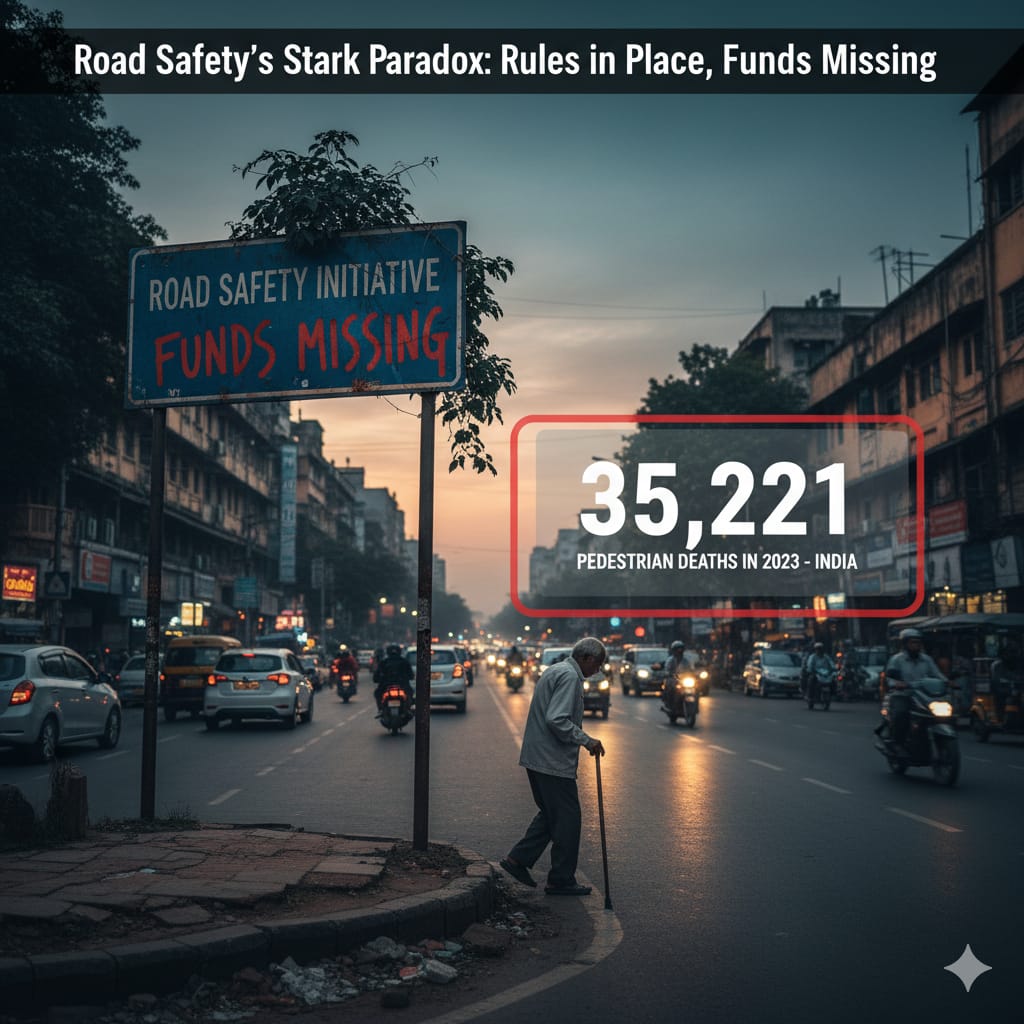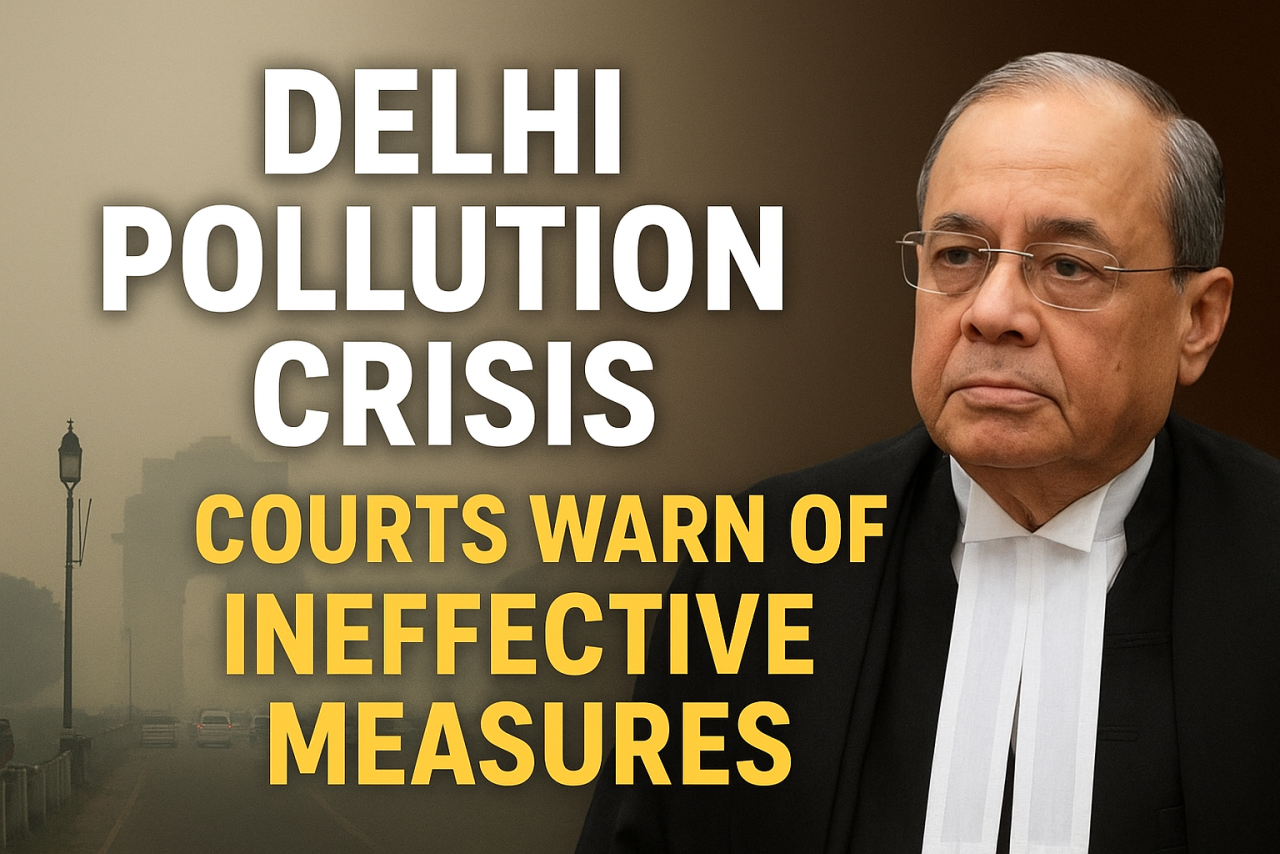
The alarming surge in pedestrian fatalities on Indian roads paints a vivid picture of a profound disconnect in the country’s road safety apparatus. Despite having a robust framework of safety standards and a push for better infrastructure, the core issue appears to be a systemic failure in effective implementation, accountability, and most crucially, dedicated funding.
Official statistics reveal a chilling trend that the annual number of pedestrian fatalities has climbed significantly, rising from 25,858 in 2019 to 35,221 in 2023. This translates to an average of 96 pedestrians killed every day on the nation’s streets, a figure that underscores the vulnerability of the most basic road user. The human cost of this inefficiency is simply staggering.
In response to judicial pressure, including a significant Supreme Court order, attention has been drawn to the comprehensive standards set by the Indian Roads Congress (IRC). These codes govern everything from geometric design to safety features for various types of roads, including specific instructions for pedestrian and cycle tracks. Yet, ground realities fall woefully short. Audits indicate an alarming scarcity of footpaths in major cities across several states, highlighting that the problem is not a deficit of rules, but a failure to translate them into built infrastructure. Only a handful of states, such as Odisha and Maharashtra, have even framed the necessary draft rules aligned with the latest legal mandates, leaving most of the country lagging.
The core of the crisis, as experts point out, lies in the lack of accountability. Standards are in place, but enforcement is weak. Officials, they argue, must be held accountable at all levels for failing to ensure that infrastructure is compliant. Furthermore, the institutional setup is fragmented. Multiple agencies are responsible for different facets of road safety—from maintenance to enforcement—leading to poor coordination and diffused responsibility. The engineering mindset, critics suggest, often prioritizes structural design over human-centric street planning, leading to paradoxical creations like signal-free corridors that neglect the fundamental need for accessible pedestrian crossings.
Perhaps the single largest bottleneck is the disparity in resource allocation. While central agencies like the Ministry of Road Transport and Highways (MoRTH) and the National Highways Authority of India (NHAI) possess access to large budgets for new construction, urban local bodies struggle desperately for funds to manage and retrofit existing city streets. Comprehensive redesigns, which are essential for making cities truly safe and inclusive, require significant capital that municipal finances simply cannot bear.
Practical solutions, however, do exist. Enforcement, not just of traffic laws but of quality construction and design standards, must be prioritized. Moreover, the procurement process itself requires an overhaul. Current tendering often defaults to the lowest bidder, prioritizing cost over quality and essential safety features like tactile paving or dedicated pedestrian infrastructure. Experts suggest that a shift to quality-and-cost-based selection is needed to ensure safety is treated as a priority, not an optional cosmetic add-on.
The path to reversing this deadly trend is clear but arduous. It demands a unified vision where all vulnerable road users such as pedestrians, cyclists, and the disabled, are factored into the road design framework from the outset. It requires a dedicated funding mechanism for cities to retrofit their infrastructure and, above all, a system that relentlessly enforces the standards already enshrined in law. Until accountability is fixed and funds are guaranteed for safety infrastructure, the nation's pedestrians will continue to pay the ultimate price for administrative inertia.





















